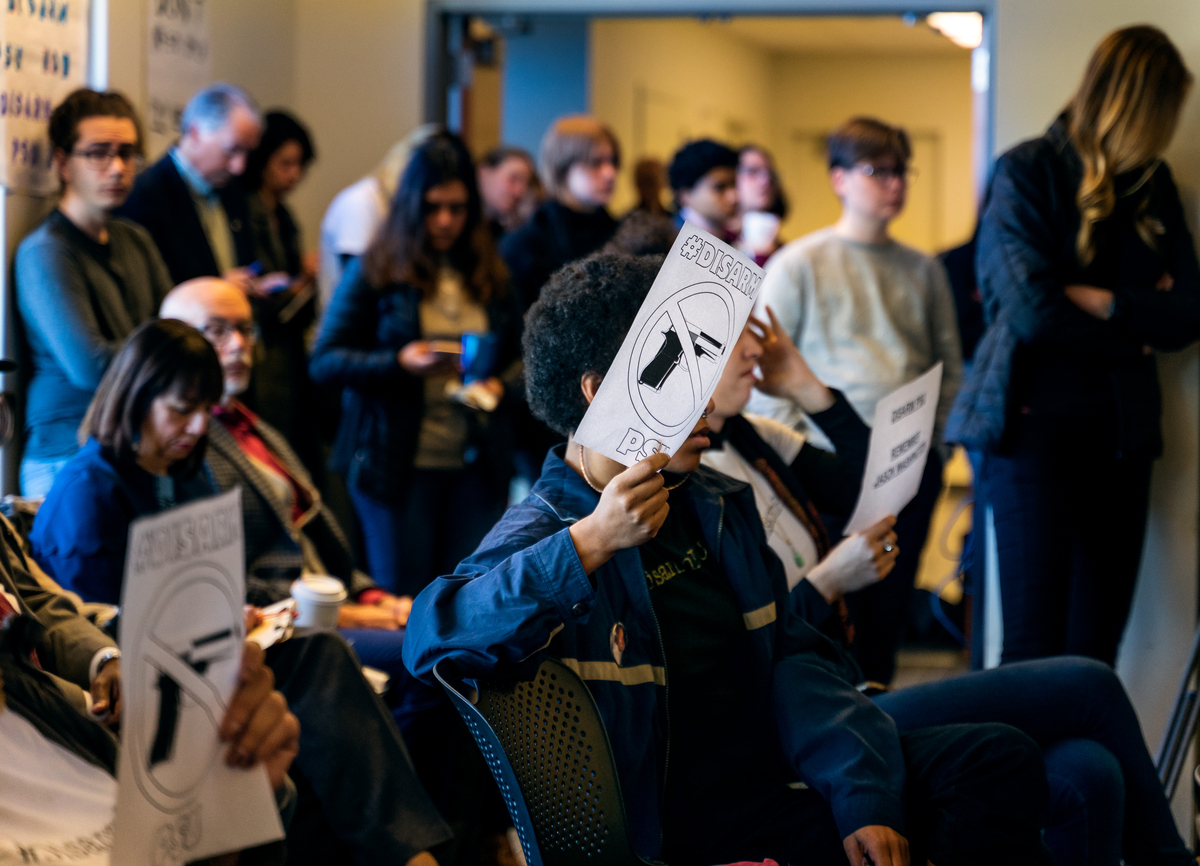Pain management in sports is a growing problem that exists in college and will continue into the professional arena.
The issue of pain management among professional athletes and former pros is making headlines. Take for example the federal lawsuit filed against the NFL by former players alleging the violation of federal drug laws by team doctors. The mishandling of pain management has been an issue in the NFL for years, with a study revealing 52 percent of retired players using opioids during their NFL career and 71 percent of those players reporting misuse.
What’s not being talked about nearly enough is the struggle of college athletes. Students who compete at the college level face the same challenges of pain management but often lack adequate information and guidance. A study by Indiana University comparing former college athletes to non-athletes found that the athletes were nearly twice as likely to suffer from chronic injuries, which leads athletes to become more susceptible to pain medication misuse and abuse.
In a recent conversation with three college athletes about their experiences with pain management, they revealed that coaches aren’t addressing it properly. More often than not, players are left to fend for themselves, and the domino effect of pain management can be costly.
There are resources available to these players, but the emphasis seems to be on preventing injuries rather than dealing with the pain associated with injury in sports.
“They told us all the work we had put in wouldn’t mean anything if we get hurt and that the best way to avoid getting hurt was to utilize our recovery options,” one student player said. “Doing things like foam rolling, hot tubbing, cold tubbing, stretching, cupping, stem and massages.”
What seems to be the issue is the lack of conversation surrounding pain management when—not if—an injury occurs.
When asked, each athlete confirmed that coaches hadn’t addressed pain management.
“There isn’t really a conversation about long-term management,” one student player said. Another said he asked about long-term management in front of his coach and doctor, but “they both ducked the question and made it seem as if it wasn’t a big deal.”
If the issue isn’t being addressed by coaches, how are these athletes coping with the pain?
“Lots of my teammates smoke marijuana,” one student athlete said. This statement was echoed by the others. “Many athletes, including myself, turn to weed because they feel like no one is really looking out for their pain levels.”
Another player said, “I know some who choose to smoke marijuana…I also have teammates who take pain killers or drink alcohol. It can vary from one end of the spectrum to the other.”
So what is the cost of pain management? All the athletes said the insurance provided by their school covers most but not all of their expenses.
“If I had made the decision to get surgery on my shoulder that would have been on me and my family to pay for,” one athlete said.
As for the educational cost, players mentioned missing school and, in some cases, having to drop a class.
“I wasn’t able to finish one of my classes due to the amount of school I had to miss,” another athlete added. “It definitely does affect your school work because sometimes you’re not even allowed to attend class for days at a time.”
Perhaps costliest of all is the emotional toll of pain and pain management.
“[The coaches] pretty much kicked me to the curb,” one player said. “They didn’t address the mental burden the injury would have, and I got extremely depressed.”
They further added, “Some of my coaches would jokingly flick me shit that I was faking the injury.”
Another athlete expressed the feeling of futility when dealing with pain: “At that point, your body is in a lot of pain from trying to repair itself…it seems no matter what you take or do, it won’t improve the situation at the moment.”
The pain incurred and the lack of response and support from coaches changed the way some of these athletes feel about playing college sports.
Their responses varied. As one athlete put it, “I made the choice to compete at the college level and I knew coming into it that injury is possible.”
“My personal experience with how the coaches handled my injury really turned me off from the sport I thought I loved so much,” another player said. “ I felt like they were so quick to give up on me after I destroyed my body playing for them.”
“Every day I wake up with a pain that reminds me what I’m doing is not for everyone and it’s not ever going to be easy,” one student athlete said. “Looking back at everything I know now about injuries and the pain, I wouldn’t have changed anything about it. It all happened for a reason and I’m still healthy…for the most part.”
Pain is an unavoidable aspect of college and pro sports. The change will come when schools and coaches educate and support their players when it comes to pain management. Signing a contract agreeing to continue your love of sports with an organization does not give them the right to ignore your body. If organizations put as much time and concern into the well-being of their players as they put into how much money they are going to make off the players, then and only then will there be a rightful balance.
The students who spoke with Vanguard requested their identities remain confidential out of fear of potential retaliation from Athletics department.






